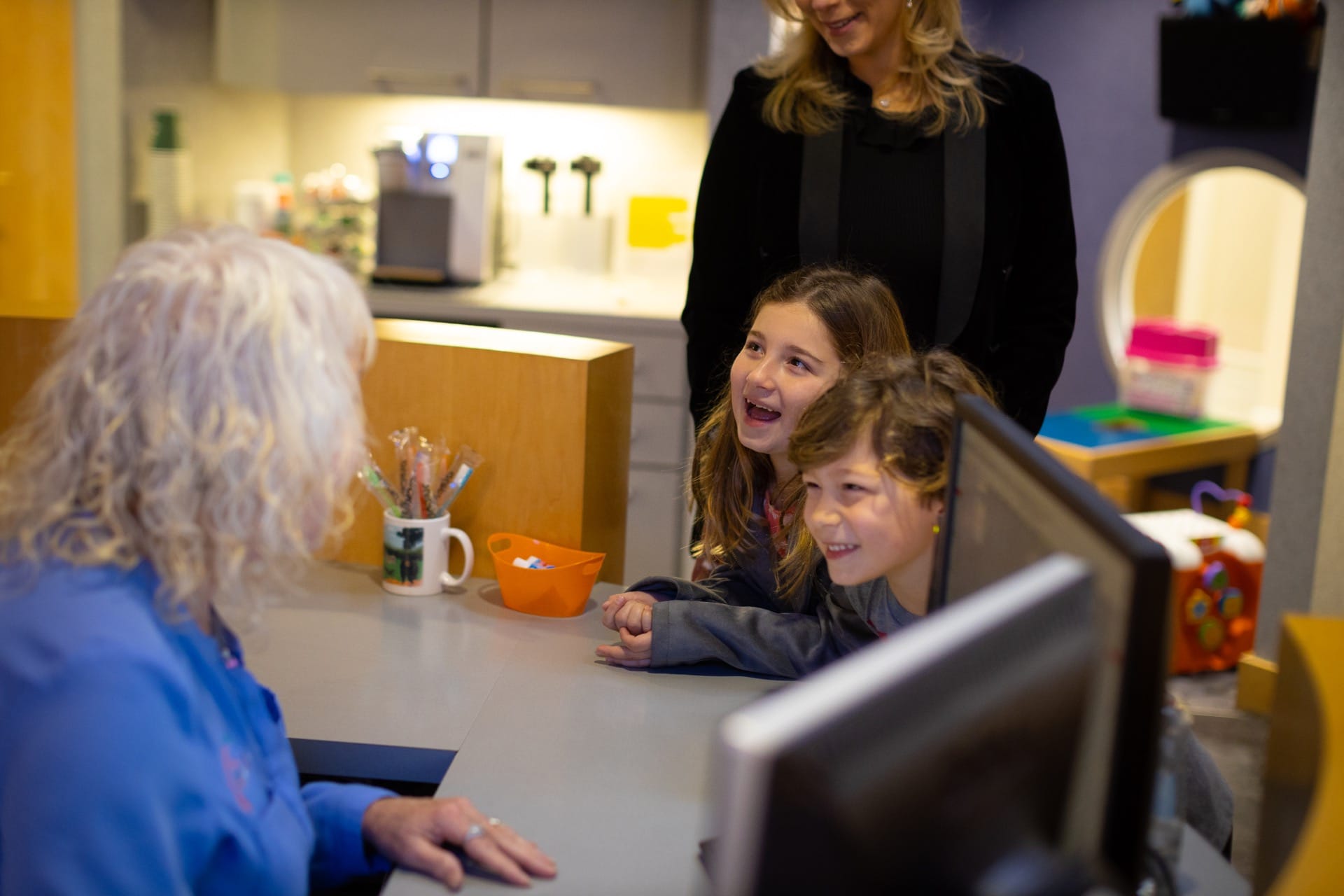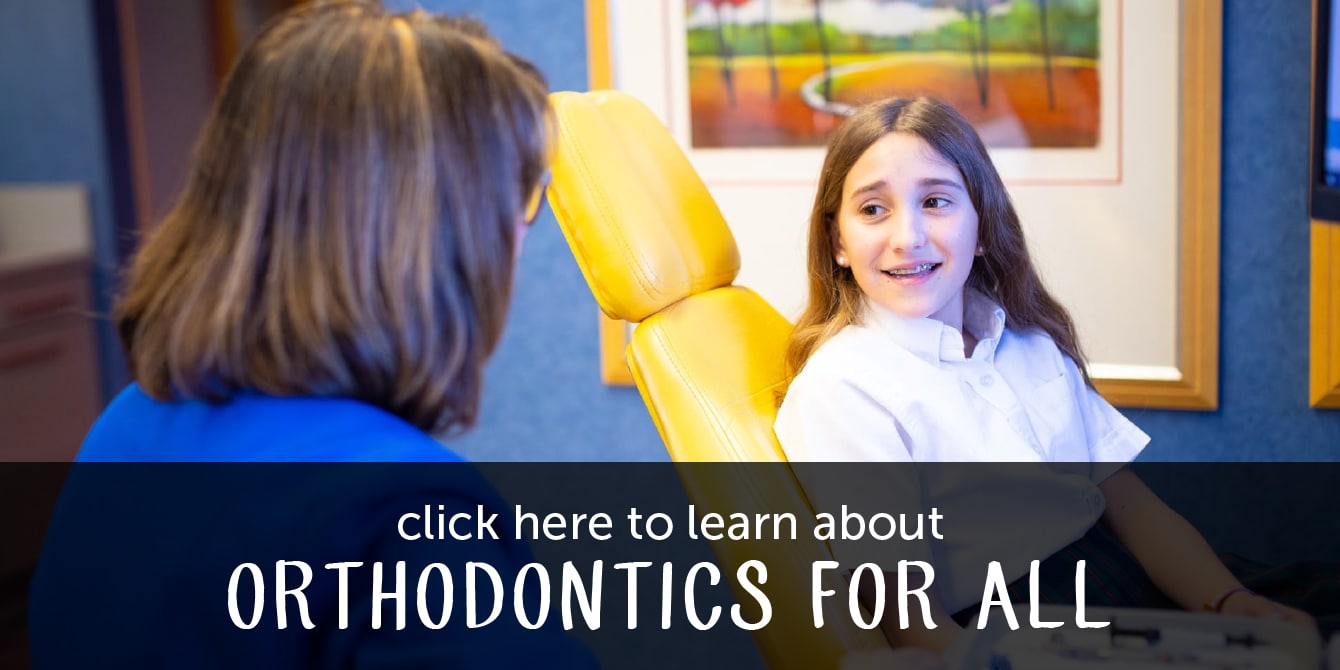We have all heard this creative word referring to our children when they are ages 8-12. I am taking the term in a bit of a different direction, discussing the area often neglected (especially by this age group): between the teeth.
The Challenge…
Each day, particles of food mixed with the bacteria already in our mouths find a perfect environment to damage our teeth and gums. In science class we learned that bacteria grow quickly when in a warm, dark and moist environment. That is the perfect description of the areas between our teeth. The bacteria there are fed by the food we eat (especially sticky sugars and carbs that break down to sugar) and produce acid; that’s when the attack begins.

Second Things First….
So what do we do to minimize the damage? When cleaning your teeth, begin with the areas between your teeth. It just makes sense that if you remove the plague germs there first, then you can brush them away and spit them all out versus allowing them to remain behind after brushing. It also allows the food/bacteria barrier to be removed for a more effective fluoride exposure from your toothpaste and mouthrinse. A bonus is that if you floss/water floss first, you won’t skip it since most of us would brush first, feel clean enough and stop. Trust me, begin this habit and you will never want to go back to feeling “half” clean.
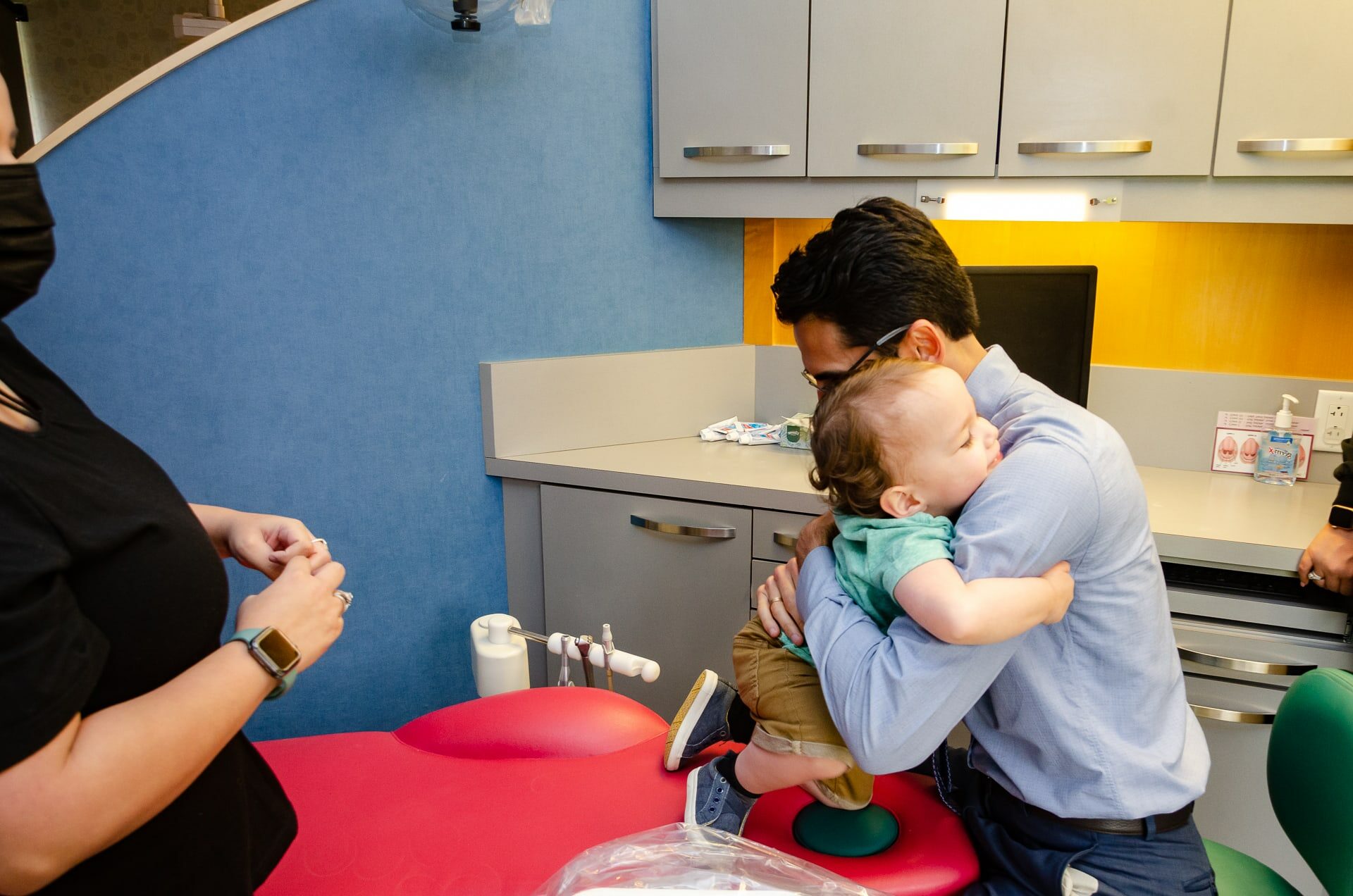
Help is On the Way…..
Flossing is not a natural skill, so your child will need some direct assistance, usually until they reach age nine. That is when their fine motor skills are well developed (think writing well in cursive, coloring inside the lines, building a small model car). Giving them tools to be successful is key. Floss picks, either short or longer handled, flavored floss or tying the floss into a circle for better finger control all work well. Threader floss or Plackers/Platypus flossers for braces are very helpful when there are wires and brackets attached to their teeth.
Miniature brushes, called Proxabrushes (many sizes), are great for wider spaces between teeth or under the wires of braces. Another great tool is a water flosser, especially for braces, when flossing can be a challenge. There are plug in styles and cordless models (which can actually be used in the shower for our multitaskers)! Helping our children to be confident and competent in these skills will help them have much healthier habits moving into their adult years.
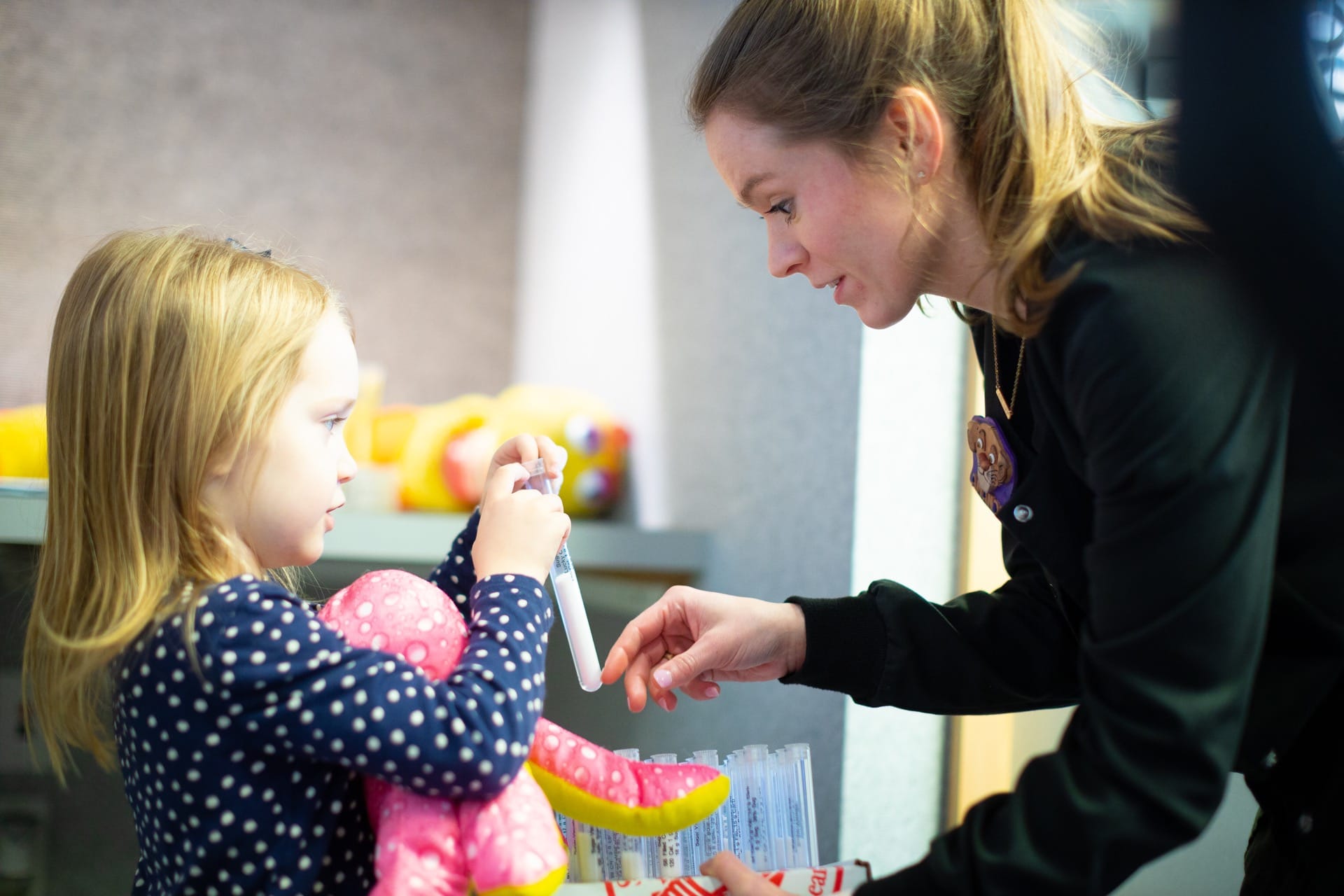
The myKIDSdds dental hygiene team would love to listen to any challenges you’re facing and work with you to discover fresh ideas and product/equipment suggestions to support you and your child’s success. Let’s brainstorm and figure this out together!
Schedule An Appointment
Another important role of the pediatric dentist is to provide patients with pertinent dental information and resources so that they may guide their children into healthy oral hygiene habits at home. Some of this information includes a caries risk assessment, helpful advice on how to avoid mouth and teeth injuries, information on thumb-sucking and pacifier habits, information on oral development, and programs of preventative home care like brushing and flossing. Children typically only visit the dentist twice a year, so making sure they have the tools to continue the care at home is very important. Educating and empowering children to take control of their own nutrition and dental health will yield more permanent solutions than simply treating their problems.


